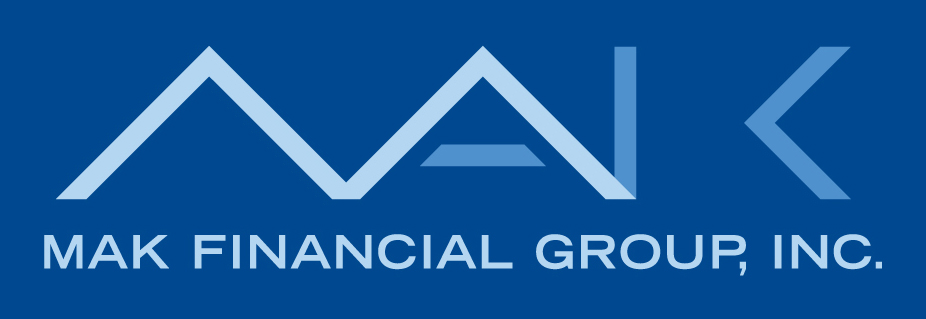A monthly mortgage payment consists of:
- principal (the money you’ve borrowed),
- interest (the cost of borrowing money), and
- escrow (an account that holds insurance, taxes, and fees).
Your escrow account is maintained by your lender. This account accumulates your homeowner’s hazard insurance, property taxes, condominium and association fees and mortgage insurance (if applicable). You pay into this account each month as part of your mortgage payment. When your taxes are due, the lender/servicer pays them for you. The same is true for your insurance. The lender/servicer sends you a periodic statement showing how much is in this escrow account. You should compare the statement with your property tax bill and your homeowner’s policy to ensure that the right amount is being held to cover these payments.
Homeowner’s Hazard Insurance
Lender’s require you to maintain homeowner’s hazard insurance on your property. If you don’t, your lender/servicer can buy insurance on your behalf. This type of policy is known as force placed insurance. Force placed insurance is typically more expensive than regular homeowner’s insurance, and usually provides less coverage.
Real Estate Property Tax
Real Estate property taxes for your locality can be found on your city/county website. The tax rate is the same for all property in the locality, but the amount is based on the property’s assessed value. This is public information, and easily obtained by you or your real estate agent.
Private Mortgage Insurance
If a buyer puts less than 20% down payment on the loan, lenders may require Private Mortgage Insurance, or PMI. This insurance provides security for the lender in case the buyer is unable to repay the loan. Essentially, PMI helps insure that the lender will recover costs due to foreclosure. However, the buyer is responsible for this premium payment.
PMI premium costs vary. It can be paid up front, but most buyers prefer that it be included in their monthly payment. The cost is based on several factors that may include: credit score, loan-to-value ratio; and/or occupancy (primary home, second home, investment property).
Once the 20% equity in the property has been reached, PMI is no longer required. However, the onus is on the borrower to be vigilant. You may be required to pay for a survey to prove the value of the property, and that your interest has reached 20%. Check with your lender to determine their policy.
An Example of Typical Monthly Mortgage Payment:
You’ve just bought a home that costs $150,000 and made a 5 % down payment, or $7,500. The annual property taxes are $1,650 and the annual homeowners insurance is $780. These payments are made in monthly installments as part of the mortgage payment and held in an escrow account. When taxes and insurance are due, the lender (or mortgage servicer) is responsible for the payments.
Because the down payment is less than 20%, PMI is required as part of the mortgage payment. With a 30-year fixed mortgage and an interest rate of 6 percent, the monthly payment can be broken down as follows:
- Principal and Interest: $854.36
- Monthly Property Taxes: $137.50
- Monthly Homeowner’s Hazard Insurance: $65.00
- Private Mortgage Insurance (PMI): $85.50
- Total payment: $1,142.36



